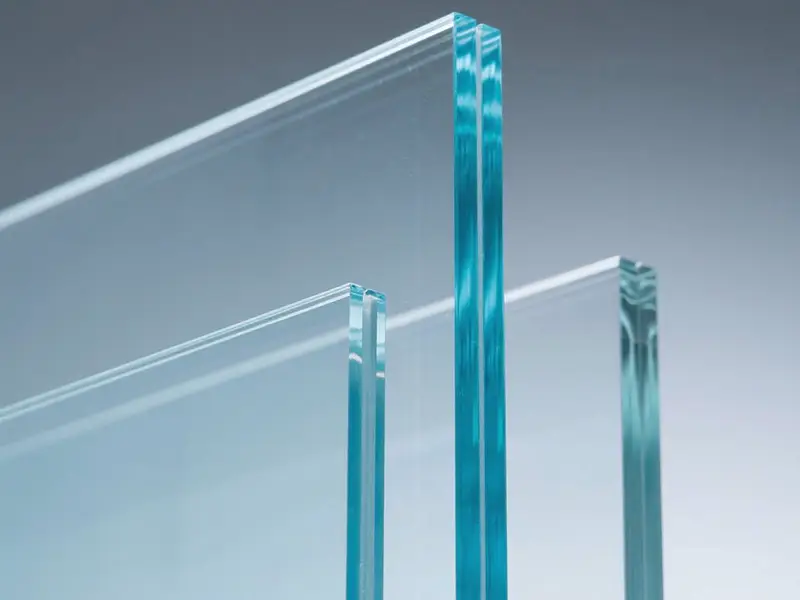Analysis on the future development trend and market prospects of art glass
With the improvement of residents' quality of life and the increasing personalized needs, the application of art glass in many fields will become more popular, and the market is expected to exceed 100 billion yuan by 2025-2030. Consumption upgrades are driving the application of art glass in many fields such as building facades, interior partitions and furniture decoration, and its penetration rate is expected to increase further.
Market scale continues to expand: It is expected that by 2025-2030, the art glass industry will maintain an average annual compound growth rate of 8%, and the entire market scale is expected to exceed 100 billion yuan.
Technological innovation drives development
New technologies such as electrochromic, temperature-controlled glass and digital printing have improved the practicality, environmental protection and visual effects of art glass. Integration of intelligence and functionality: Cutting-edge technologies such as electrochromic and temperature-controlled glass are booming at an average annual growth rate of more than 15%. The combination of these technologies with new energy technologies such as photovoltaic glass has pushed art glass products to a new height of energy saving and environmental protection. Technological innovation releases unlimited possibilities: The widespread use of new technologies such as digital printing and 3D engraving has greatly enriched the patterns, textures and colors of art glass, bringing it unprecedented design sense and visual impact.
Diversification of application scenarios
In public spaces and commercial fields, the application of art glass has increased, which has enhanced the aesthetic value of space design and also supported personalized customization in home design. In public spaces and commercial fields, the application of art glass is becoming increasingly popular. The demand for art glass in public facilities such as airports, high-speed rail stations, and museums has shown a rapid growth trend. Its unique aesthetic value and practical functions make art glass an indispensable highlight in space design. Art glass is increasingly widely used in high-end residential and commercial spaces. Its unique status as a partition, wall decoration or furniture surface material has gradually become prominent, helping to create a personalized and high-quality living and working environment.
Green and sustainable development
Under the guidance of environmental protection policies, the market share of low-energy products has increased, and the improvement of glass recycling technology in the circular economy has reduced environmental pollution. With the proposal of the "dual carbon" goal, the market share of low-energy products such as Low-E glass and laminated glass has increased to 40%, and its production process is gradually shifting towards low carbonization. Circular economy practice: Glass recycling and reuse technology is becoming increasingly mature, which not only reduces the consumption of raw materials, but also effectively reduces environmental pollution.
Differentiated development of regional markets
East China and South China continue to occupy the main market share, and the central and western markets show growth potential due to the increase in infrastructure demand. Core regions continue to lead: East China and South China, with their high urbanization level and strong consumption capacity, still firmly hold half of the market share. The potential of the central and western markets is beginning to emerge: The demand for infrastructure construction in emerging urban agglomerations such as the Chengdu-Chongqing economic circle continues to rise, which in turn drives the average annual growth rate of the art glass market to exceed 6%.
Industry chain integration and branding
Industry integration is accelerating, the market share of leading enterprises is increasing, and the cultural added value of art glass is increasing, becoming a key driving force for the upgrading of cultural consumption. Concentration continues to increase: With the acceleration of industry integration, leading enterprises increase their market share through technological innovation and capacity expansion. It is expected that the market share of the top five enterprises will exceed 25%. Cultural added value continues to increase: The integration of art glass with traditional culture and modern art makes it a key driving force for the upgrading of cultural consumption.
In summary, the art decorative glass industry will usher in a development trend of technology-driven, diversified applications, and green environmental protection. At the same time, products that combine practicality with artistic beauty will gradually become the new favorites of the market.
TAG:
Related Posts
How Glass Partitions Enhance Natural Light in Commercial Spaces










